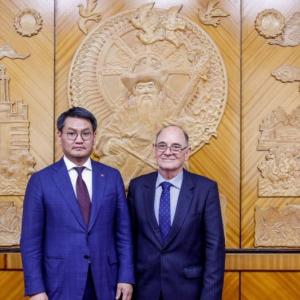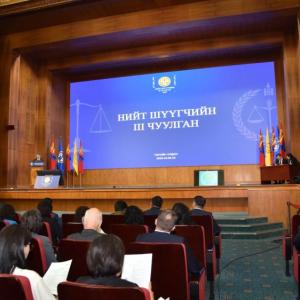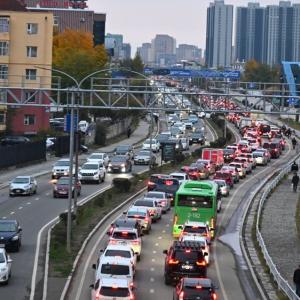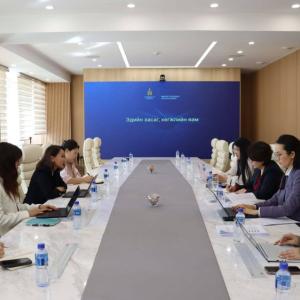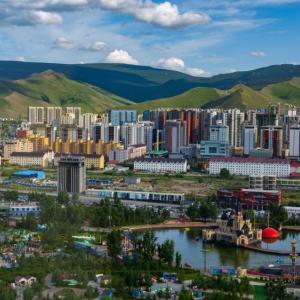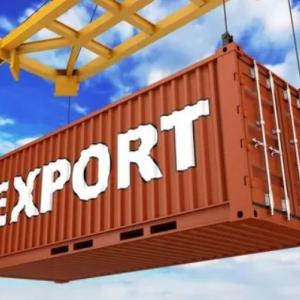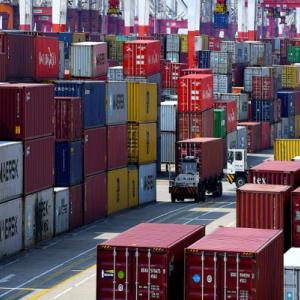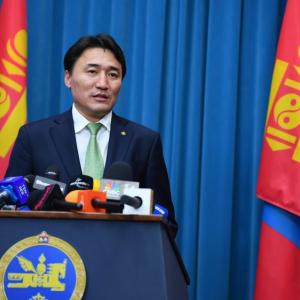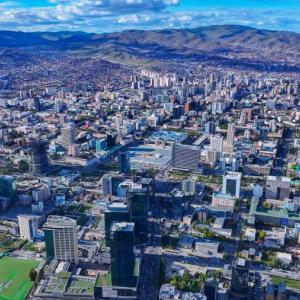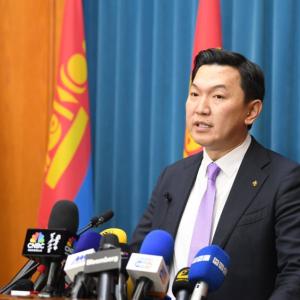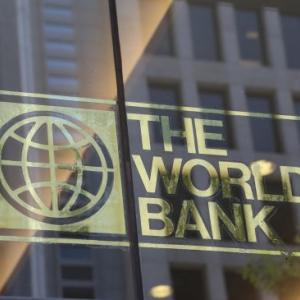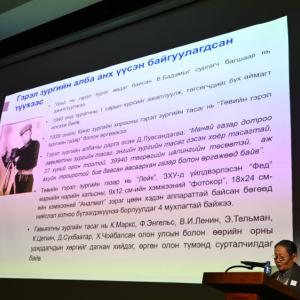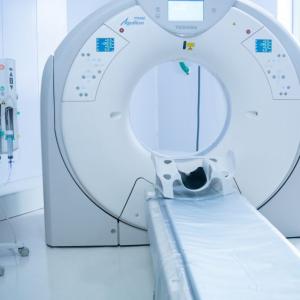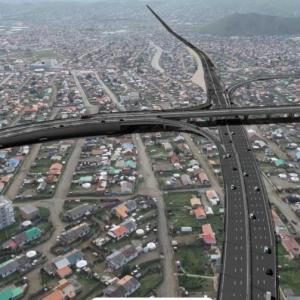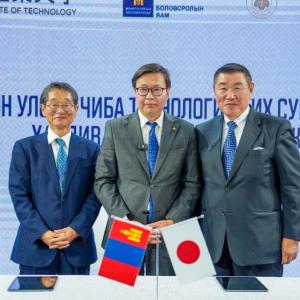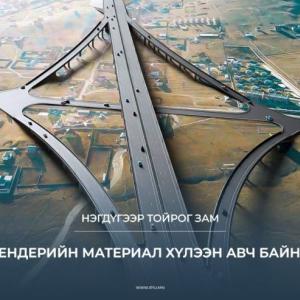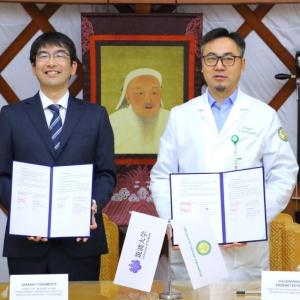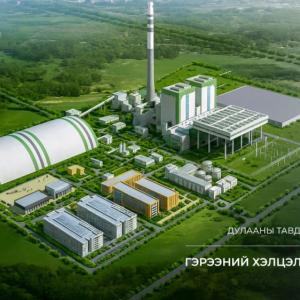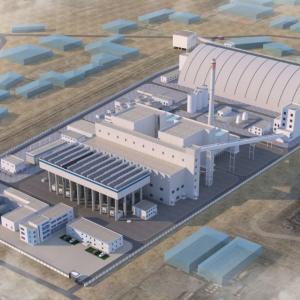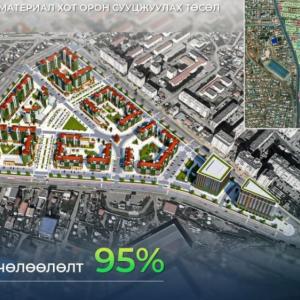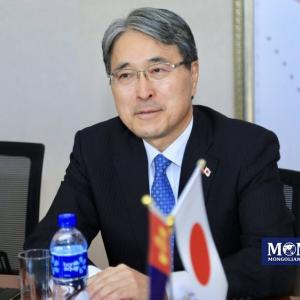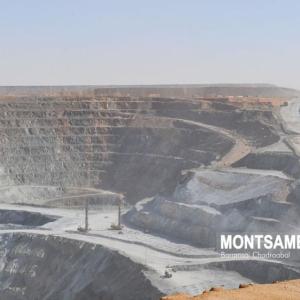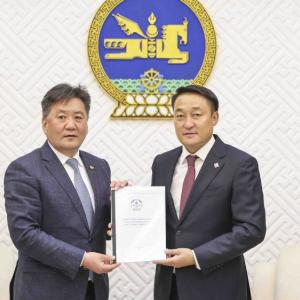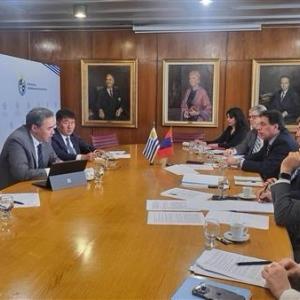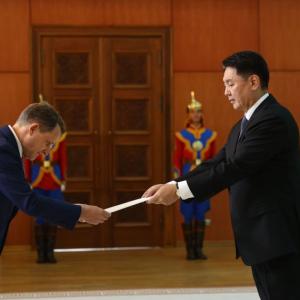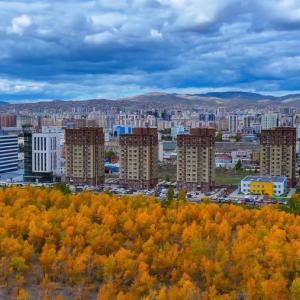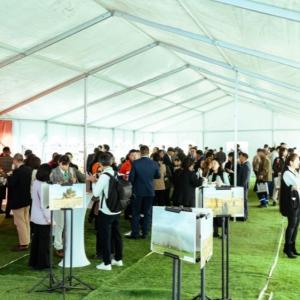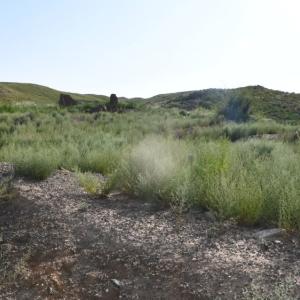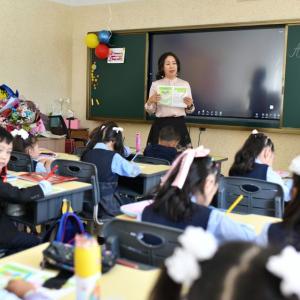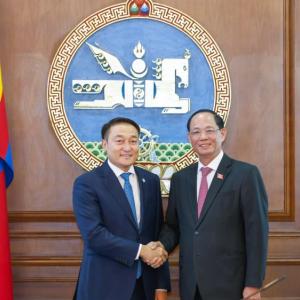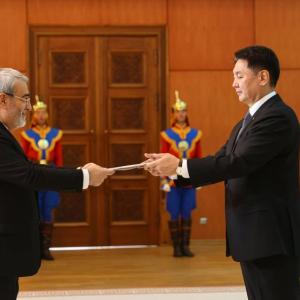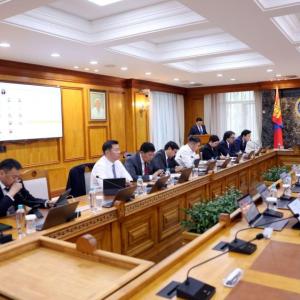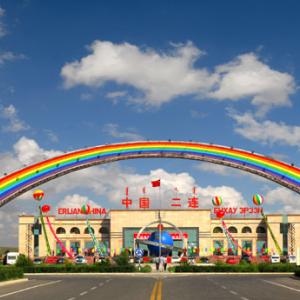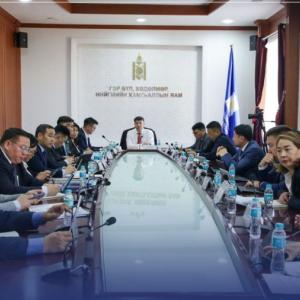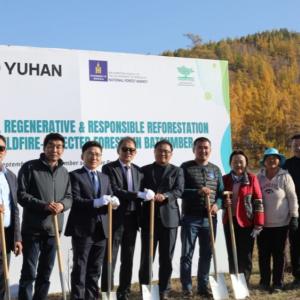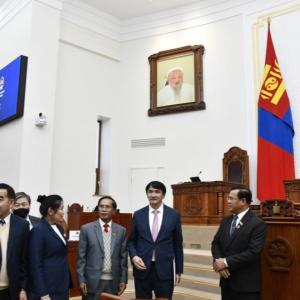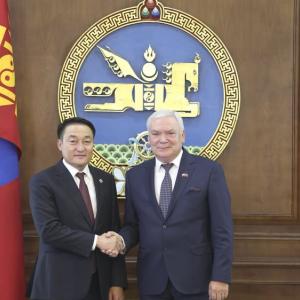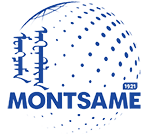Traffic congestion expected to reduce by 25 percent with introduction of LRT in public transport
Politics
Ulaanbaatar /MONTSAME/. On April 19, the project on constructing light rail transit (LRT) lines in the capital city was introduced at a meeting of the Temporary Committee in charge of Ulaanbaatar city development policy.
Head of the implementing unit for the project on reducing Ulaanbaatar’s traffic congestion Ch. Batzorig said, “In aims of introducing a new type of transportation for public transport in Ulaanbaatar city, developing public transport, and reducing the current load of the autoroad network, works are being carried out to implement a project on constructing LRT lines.
Consisting of three lines, the construction work for the first line is planned to be launched in May 2022. The line will be set between the area near ‘Buyant-Ukhaa 2’ apartment complex in Khan-Uul district and Sansar roundabout in Bayanzurkh district, stretching for a total of 18.1 km. The second line will cover a distance of 17.5 km between Sharkhad and Tolgoit, while the third line will be 14 km between the National Amusement Park and the Zunjin area.
As of currently, the feasibility study and general environmental assessment for the first line have been completed. The necessary budget is about USD 926 million, with the cost of rail per km estimated to be USD 51.5 million. About 15 percent of the financing will be sourced from the capital city budget, and the rest will be financed through a loan from China.
Along the first line, construction works will be carried out in about 110 hectares of area for 15 stations. It is currently planned for the land to be used for the project to be put under state special use. For the plans to construct a depot in 30 hectares of area, car parking in 63 hectares, office and trade services space for 17 hectares, a total of about MNT 7.5 billion is necessary for clearing the land.
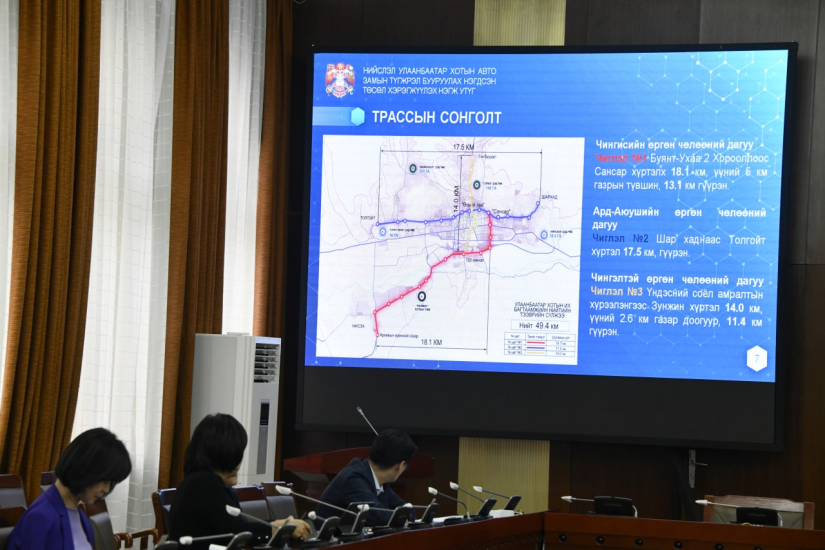
The first line will be put into operation in the second quarter of 2024, beginning trial runs.
The trial will be completed in six months, after which it will be fully introduced into public transport services from 2025. By putting the first LRT line into operation, traffic congestion is expected to decrease by 25 percent along the route.”
While the number of auto vehicles registered in Ulaanbaatar city was 234 thousand in 2010, the amount increased to 616 thousand in 2020, growing threefold. Currently, more than half of the auto vehicles nationwide participate in the capital city traffic.
In connection with the presentation, MPs B.Saranchimeg, D.Sarangerel, Ts.Sandag-Ochir, T.Dorjkhand, G.Amartuvshin, S.Byambatsogt, E.Batshugar, M.Oyunchimeg, and S.Odontuya asked questions regarding the project, such as whether the socio-economic benefits of the project has been calculated, how the price of tickets will be decided, what kind of issues are being faced in launching the works in the near future, and what type of policy will be implemented as a countermeasure for risks concerning foreign exchange rates.
The ticket price is planned to be dependent on the length of the journey. With ticket rates at MNT 700 for the first five stops, each additional stop on the journey will add MNT 50 to the ticket price. A ticket for a full journey on the line will be MNT 1,200. The train journeys will be conducted on a regular schedule, carrying about 600 passengers at a time. Four of the 15 stations will be on the ground, while the rest will be on elevated platforms. Alongside the LRT project, a project is also planned to be implemented for roundabouts in the capital city. As the project will increase the current load on power, possible options for a solution are being discussed with the Ministry of Energy, noted the officials.
With 71.4 percent of the committee members voting in favor, the committee approved the resolution supporting the LRT project and made the decision to instruct the Government to resolve the financing issue and develop a corresponding bill.
 Ulaanbaatar
Ulaanbaatar













